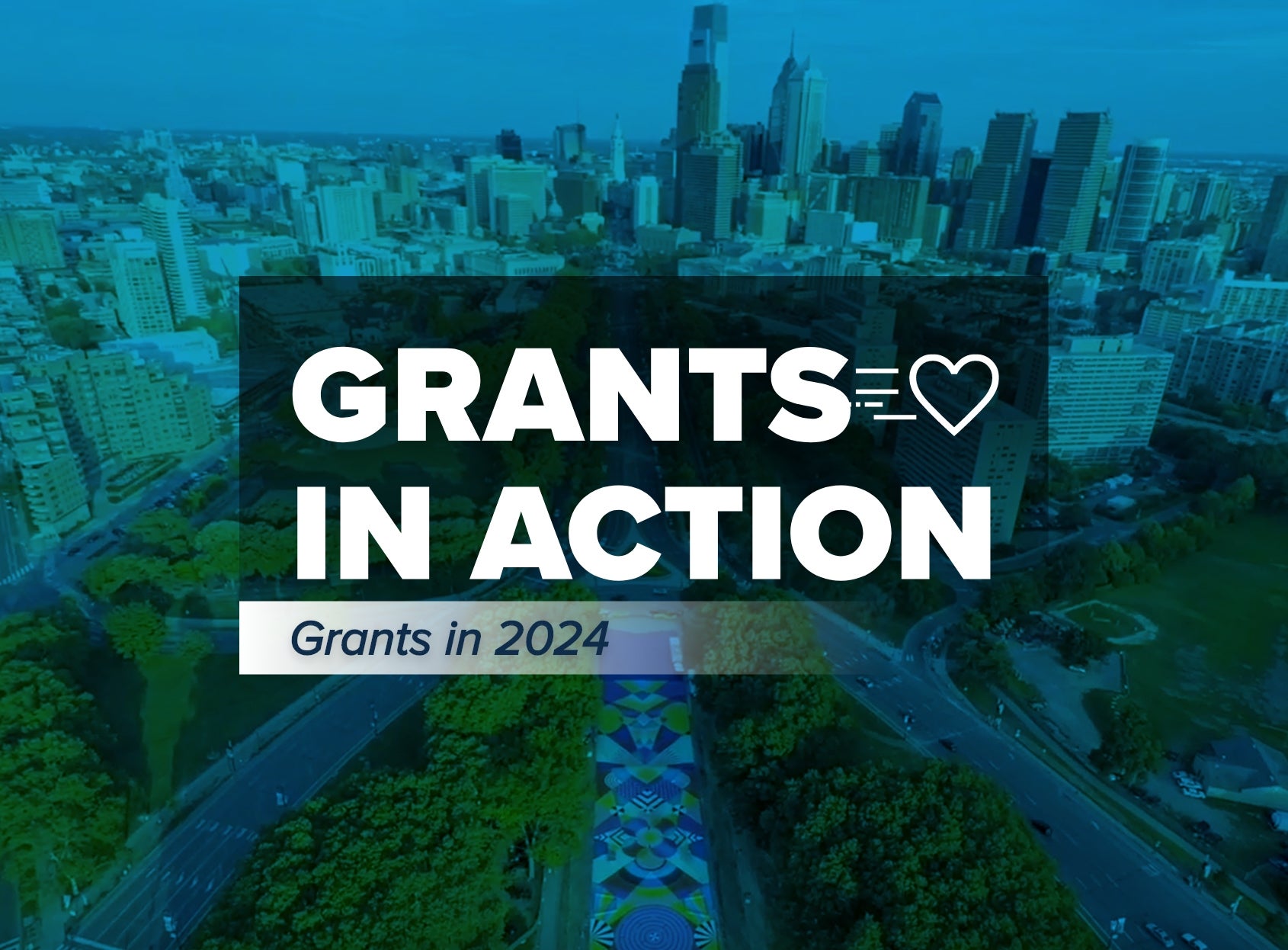The Ripple Effects of a Pandemic on Nonprofits & Foundations

As the COVID-19 pandemic continues to spread, communities across the world are experiencing the ripple effects. As with natural disasters, this outbreak will have both immediate and long-term consequences, and every community, demographic group and individual will experience different needs. Healthcare systems may experience the most immediate impacts, but neighborhoods and cities will feel the consequences long after the outbreak subsides.
Nonprofits face exceptional challenges, as they not only provide public services but are also employers. Charitable organizations are likely to have increased expenses as demand for services grows, or loss of revenue as the organization ceases operations indefinitely. Approximately 25 percent of US-based nonprofits have less than six months of operating expenses in reserve, and 10 percent have less than 30 days. Any significant fluctuation in budget, therefore, can have dire consequences.
Many nonprofit hospitals and healthcare providers are experiencing an increase in demand—and expense—for services. Food banks are also likely to experience increased expenses as the need for services grows. As schools close for extended or indefinite periods of time, families of children that receive free and reduced cost meals will need a way to fill the gap. Individuals who rely on senior centers, religious institutions or meal programs will likewise face challenges.
Individuals without insurance or sick leave may be unable to afford to seek treatment or stay home from work if they fall ill. Where businesses are forced to close, employees face an added and unexpected financial burden with the loss of a regular paycheck. In many areas, nonprofits can provide a safety net for housing assistance, medical expenses or job placement. Again, as COVID-19 spreads, more and more individuals will find themselves in need of assistance.
At the same time, nonprofits that are not providing relief efforts are likely to experience a significant drop in revenue. Museums, aquariums, zoos and theaters, for example, have closed to protect the public from the spread of the virus, and they are unlikely to be able to replace lost revenue. Fundraising events, especially popular in the spring, have been canceled or postponed, further risking insolvency as staff are forced to choose between raising the funds necessary to remain open or jeopardizing the health of the community.
In an ever-changing situation like this, it is easy for donors to feel paralyzed; the desire to help can be overshadowed by the enormity and complexity of the challenges facing communities. Yet the need for immediate relief requires immediate action. As a first step, donors should contact organizations that they already support and ask what is needed. If the charity has not yet been affected, the staff will likely refer supporters to other community organizations that need help.
Community foundations can be another excellent source of information. Many have set up relief funds to respond quickly as needs change in the region they serve, and their staff can provide a wealth of information regarding nonprofit organizations that need financial assistance. Religious organizations also work closely with citizens and service providers and can provide donors with guidance on where to give.
No matter where donors are located, or the resources available, there are a few steps that anyone can take now to make an immediate impact:
- Contact the nonprofits you already support to find out what they need.
- Reach out to your local community foundation. Many have set up special funds to support relief and recovery efforts, or staff can connect you to local nonprofit service providers.
- Call your house of worship to find out how to help its partner organizations.
- Give unrestricted gifts to allow the charitable organizations you support to act quickly and flexibly as needs change.
- Begin to build long-term recovery and prevention efforts into your philanthropic plan.
- Explore other resources such as the CDC Foundation, Center for Disaster Philanthropy, Council on Foundations, FSG and National Council of Nonprofits.
NPT is here to help.
A donor-advised fund is uniquely positioned to help you give in times of immense need. It is easy to set up a recurring grant recommendation to ensure your charity of choice receives continued support for both immediate and long-term needs. NPT handles the due diligence necessary to ensure that the organization you wish to support—whether local or global—is a qualified charity.
If you’re not sure where to start, our Philanthropic Services team can help you determine your giving goals. We’re here to help you help others.
NPT does not provide legal or tax advice. This blog post is for informational purposes only and is not intended to be, and shall not be relied upon as, legal or tax advice. The applicability of information contained here may vary depending on individual circumstances.
To download a PDF of this blog post, click below:


